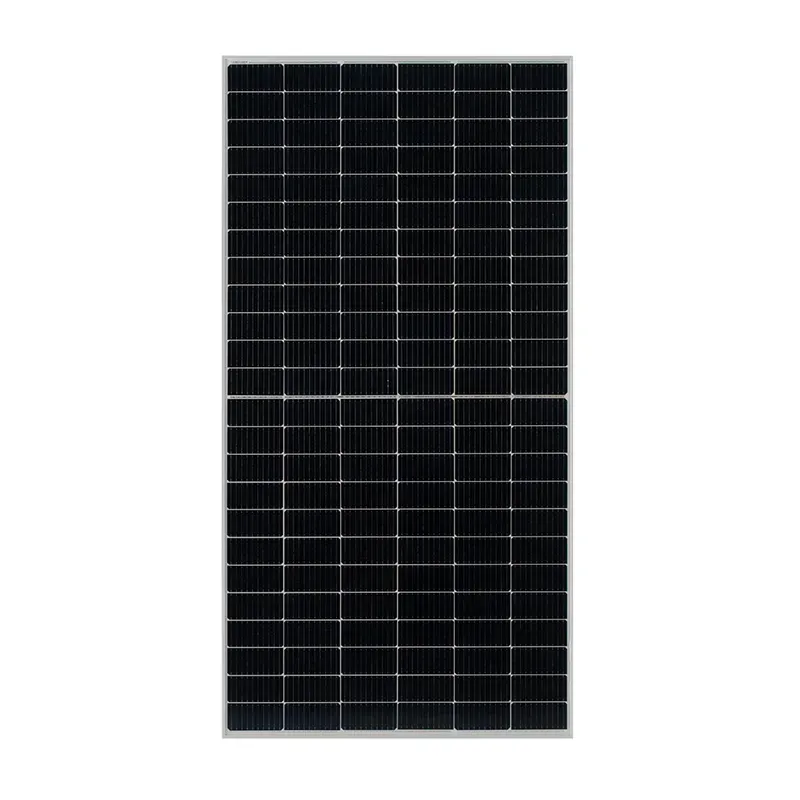Analysis of Costs Associated with Photovoltaic Systems and Their Economic Impact
Understanding Photovoltaic System Costs
The transition to renewable energy has gained momentum in recent years, with photovoltaic (PV) systems emerging as a leading choice for both residential and commercial energy needs. Understanding the costs associated with these systems is crucial for anyone considering an investment in solar technology.
The total cost of a photovoltaic system primarily depends on several factors, including system size, components, installation, and geographic location. Typically, the average cost of a residential solar system can range from $15,000 to $30,000 before any incentives or tax credits. Larger installations for commercial applications may exceed this range, but they often benefit from economies of scale, reducing the cost per watt.
Components of PV System Costs
1. Solar Panels The most significant component of a PV system cost is the solar panels themselves. The prices can vary widely based on the type and efficiency of the panels used. Higher efficiency panels tend to be more expensive but can generate more power in a smaller footprint.
2. Inverters These devices convert direct current (DC) generated by the solar panels into alternating current (AC) that can be used in homes. The type of inverter—string, micro, or power optimizer—affects overall system cost and efficiency.
3. Mounting and Racking Systems The structure that holds the solar panels in place is also a cost consideration. Ground-mounted systems typically cost more than rooftop installations due to additional materials and labor.
photovoltaic system cost

4. Installation Labor costs can significantly impact the overall expense. Professional installation ensures that the system is safely and efficiently set up to maximize performance, but it adds to the initial investment.
5. Permitting and Inspection Fees Local regulations may require permits and inspections, which can contribute to the overall cost. It's essential to factor these fees into the budget.
Incentives and Financing Options
Fortunately, numerous incentives and financing options are available to help offset the cost of photovoltaic systems. Federal tax credits, state grants, and local rebates can significantly reduce the upfront expense. Additionally, financing options such as solar loans or power purchase agreements (PPAs) can make solar energy more accessible, allowing consumers to pay over time rather than in a lump sum.
Long-term Savings
Despite the initial investment, photovoltaic systems can lead to substantial savings on electricity bills over time. Many homeowners and businesses see a return on investment within 5 to 10 years, depending on factors like local electricity rates and solar insolation levels.
In summary, while the cost of photovoltaic systems may seem daunting, a thorough understanding of the components, available incentives, and long-term savings can help potential investors make informed decisions. With continued advancements in technology and decreasing costs, solar energy remains a viable and increasingly attractive energy solution.
-
Unlocking Energy Freedom with the Off Grid Solar InverterNewsJun.06,2025
-
Unlock More Solar Power with a High-Efficiency Bifacial Solar PanelNewsJun.06,2025
-
Power Your Future with High-Efficiency Monocrystalline Solar PanelsNewsJun.06,2025
-
Next-Gen Solar Power Starts with Micro Solar InvertersNewsJun.06,2025
-
Harnessing Peak Efficiency with the On Grid Solar InverterNewsJun.06,2025
-
Discover Unmatched Efficiency with the Latest String Solar InverterNewsJun.06,2025







